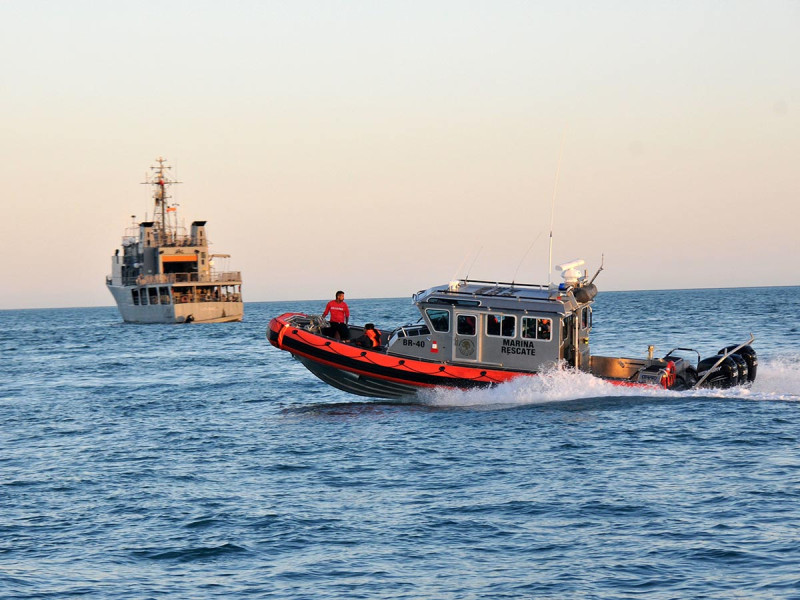In order to strengthen the protection of the vaquita porpoisespecies that is critically endangered of extinction, the Ministry of Environment and Natural Resources (Semarnat) agreed with fishermen enlarge the protection zone of this species endemic to the Upper Gulf of California.
The federal agency explained that in August, a dialogue table was set up with fishermen in which representatives of other agencies such as the Federal Attorney General's Office for Environmental Protection (Procuraduría Federal de Protección al Ambiente) (Profepa), Secretary of the Navy, National Commission of Fisheries and Aquaculture (Conapesca) and the National Commission of Natural Protected Areas (Comisión Nacional de Áreas Naturales Protegidas) (Conanp).
As a result, it was agreed to adjust the polygon of Enmalle Nets Prohibition Zoneconsidering the technical-scientific evidence and the conditions necessary for the development of sustainable fishing in the communities of the Upper Gulf of California.
"The Zero Tolerance Zone remains unchanged and will include an adjacent area where only the capture of scallops, Chinese snail, octopus, catarina clam and generous clam will be allowed, by diving or trapping," the Semarnat communiqué highlights.
The federal agency indicated that the schedules will be revised to match the conditions that will allow for a more efficient sustainable fishing and fishermen will provide the embarkation and disembarkation points they consider functional.
Based on the results of this year's monitoring and historical vaquita population records, it was identified, with 65% confidence, that the current minimum vaquita population is between 10 and 13 individuals, including two calves.
These results are significant, says the SemarnatThis is the first time since records have been kept that the downward trend in the population of this species, which is on the verge of extinction, has been interrupted, indicating that the protection policies being implemented are effective.
Semarnat stated that they are committed to work together with the fishing communities of the Upper Gulf of California, with the purpose of having an efficient regulation, based on technical-scientific evidence, that reflects the concerns and needs of the communities and that is aligned with the international commitments assumed by the Mexican State.
Source: Semarnat


